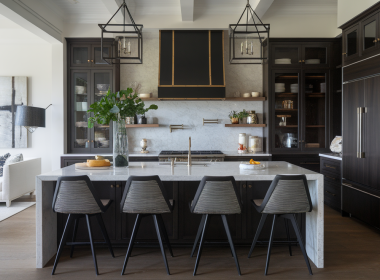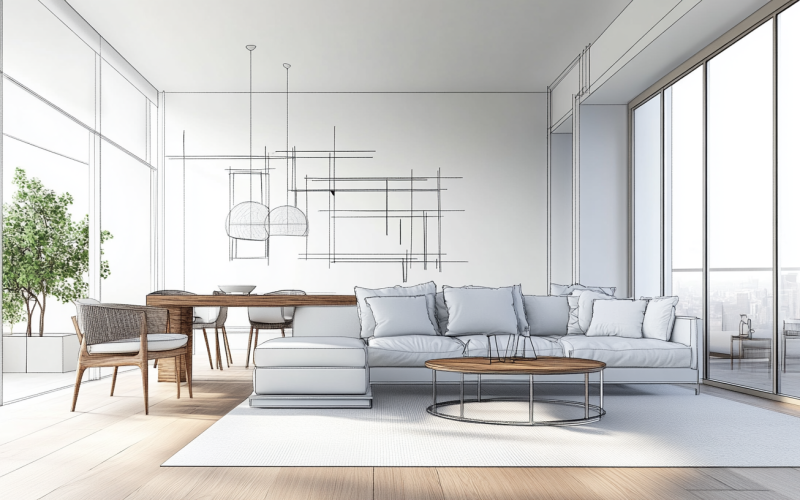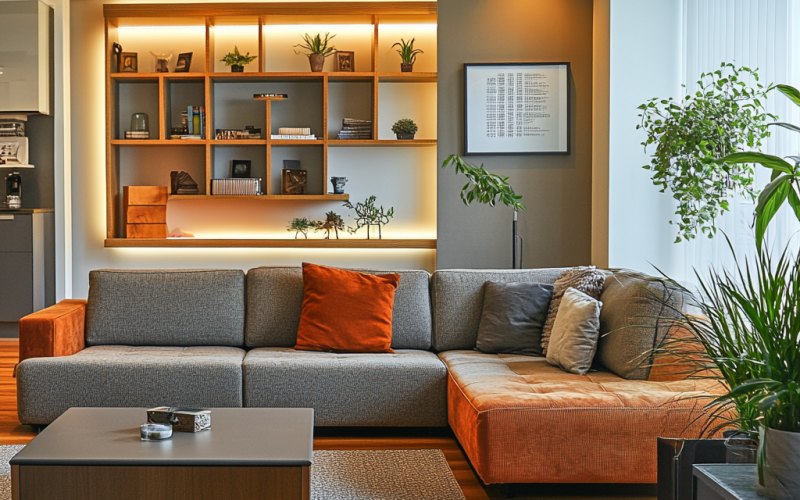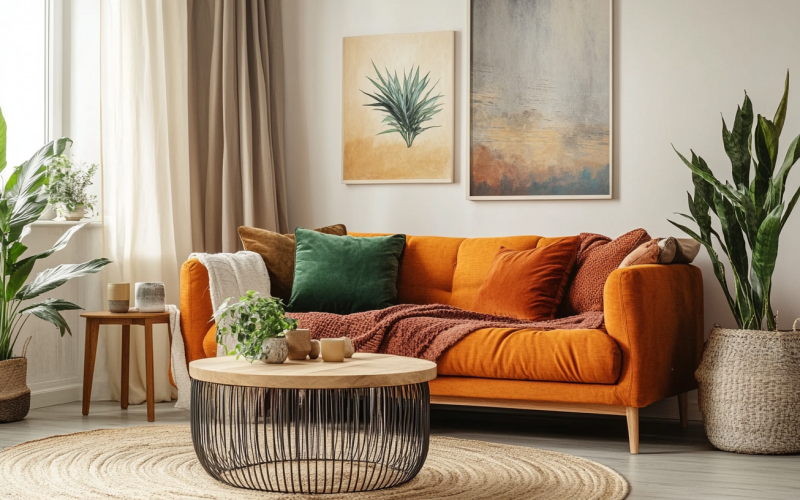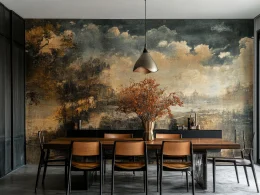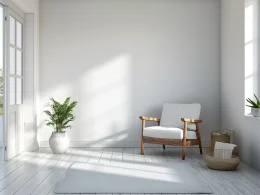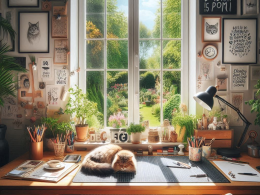For the real estate industry, evaluating a site for potential development is a primary focus. However, from a buyer’s perspective, interior design also plays a crucial role. A property is more than just a structure of bricks; it embodies certain styles and aesthetics that contribute to its appeal.
While real estate lays the foundation, interior design transforms a house into a home by infusing it with innovative styling, soulful colors, and relaxing visuals. Therefore, real estate and interior design are interconnected realms that support and enhance each other, creating spaces that are both useful and emotionally enriching.
Read on to learn more about the fundamental role of interior design in effective real estate development.
Why Real Estate needs to Reshape the Property With Interior Designing
Since real estate mainly focuses on factors like market value, location, and physical structure, it often overlooks the aesthetics and functionality of the property. This is a vital requirement, and it is typically addressed by interior designers.
For any real estate firm aiming to achieve Return on Investment (ROI) and equity growth, understanding the importance of interior design services is crucial. Aspen interior designers can be your one-stop solution for all interior design needs, transforming a home into a beautifully functional house and enhancing its overall appeal and value.
Some Essentials of Interior Design Services in Real Estate
Here are a few basic factors through which you can reshape real estate with the help of interior design and increase the property’s sale value:
Hire an Interior Designer at the Initial Stage:
Appointing Aspen interior designers at the initial stage of your project will maximize the benefits of their expertise. A talented designer can significantly add value at this early phase, leaving ample room for innovation in subsequent steps.
By involving them early on, you can seamlessly integrate their creative ideas and visions with your construction and layout plans, ensuring a cohesive design. This collaboration will enhance both the aesthetic appeal and functionality of the space, optimizing the overall outcome and value of your project.
Planning the Internal Space:

If the internal space of a property is not planned properly in advance or is not utilized to its full potential, it can limit the maximum profit that could be derived from it. To realize the property’s full worth, it is crucial to optimize the use of available internal space.
An experienced designer can create a well-thought-out interior design and plan from the early stages, ensuring efficient use of space. This approach benefits not only real estate firms in enhancing property value but also customers in the long run, as it leads to more functional and aesthetically pleasing living or working environments.
Creativity and Innovation:
Often, using old and conventional design ideas or keeping the space too neutral fails to capture the interest of potential customers, making your project blend in with others in the market. However, encouraging the interior designer to apply innovative and creative ideas can make the property stand out.
When an interior designer is given the freedom to infuse their unique vision, it elevates the property’s appeal. Aspen interior designers are experts in ensuring that buyers are captivated by property the moment they step through the door, making it memorable and distinct from the competition.
Creating a Brand Image by Combining Quality, Flexibility, and Uniqueness:
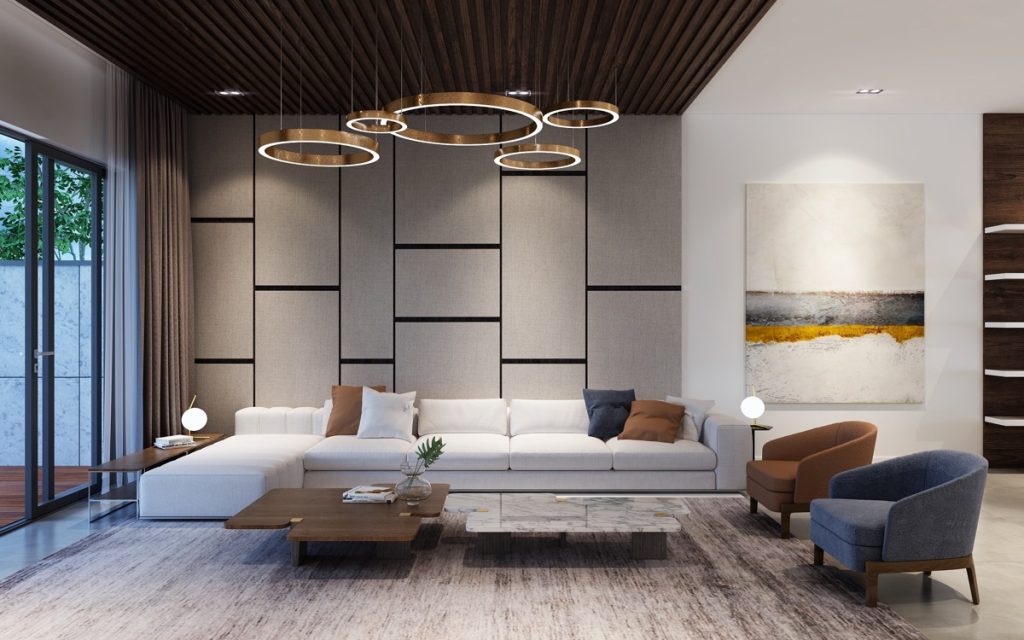
A strong brand image can be established by incorporating unique and innovative ideas that have yet to be introduced in the market. Additionally, ensuring that you offer a high-quality product to your customers reinforces your brand’s reputation.
A talented designer not only creates a balance between quality and long-term comfort but also ensures flexibility in the interiors. This approach allows for future innovation by customers, adapting to their evolving needs and preferences. By combining these elements, the designer helps build a compelling brand image and enhances the property’s overall value and appeal.
Considering the Target Market:
This is one of the most fundamental steps in any business. Analyzing the target customers of a project is crucial. An experienced interior designer understands the psychology of potential buyers, including their preferences for colors, artistic tastes, and overall style.
By hiring seasoned Aspen interior designers, you can alleviate the burden of analyzing the target market yourself. Their expertise ensures that the design resonates with the intended audience, enhancing the project’s appeal and effectiveness. This allows you to focus on other aspects of the business while the designers handle customer insights and design strategy.
Very Well-Polished Final Product:
This final stage of dressing the property should not be skipped. At this step, the interior designer adds flexible decoration and artwork to make the space vibrant and inviting. Interior designers are skilled at highlighting the property’s strong features and minimizing any weak spots, ensuring the space makes a lasting impression.
Unfortunately, due to time constraints, property owners often overlook this crucial step. However, to maximize the property’s worth, it is essential to focus on this final aspect. A well-designed and thoughtfully decorated property creates a powerful first impression, piquing the interest of prospective buyers and encouraging them to explore further details.
The Team of Professionals:

Interior designers collaborate closely with contractors, architects, engineers, and other professionals involved in structure development and interior design. This team approach helps reduce resource waste and ensures optimal utilization of materials.
Additionally, the designers leverage their long-term connections with suppliers, manufacturers, and showroom owners to access high-quality resources at relatively lower costs. Their industry knowledge and network enable them to secure the best materials and solutions, enhancing the overall value and efficiency of the project while keeping costs manageable.
Conclusion
In short, real estate and interior design services collaborate to create spaces where people can live, thrive, and make lasting memories across generations. This partnership transforms a property from a mere structure into a welcoming and functional home, enriching the lives of both property owners and buyers.
To illustrate this synergy, consider the real estate industry as the preparer of the canvas, laying the groundwork with location, structure, and market value. Interior designers then bring this canvas to life, applying their artistic expertise to maximize the space’s potential and craft an unforgettable experience.
By combining the foundational elements of real estate with the creative vision of interior design, they ensure that each property is not just a place to live but a home where meaningful moments are made.


